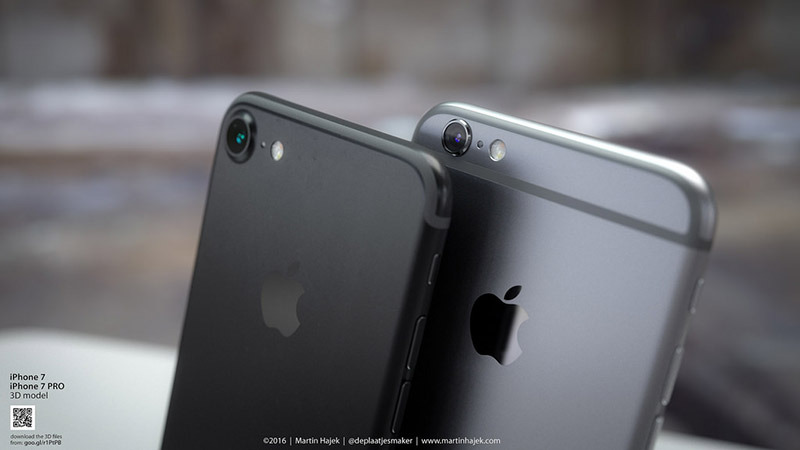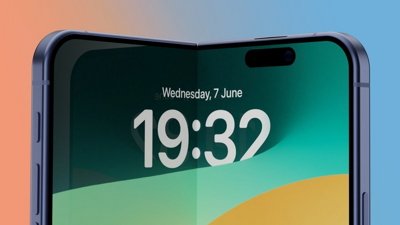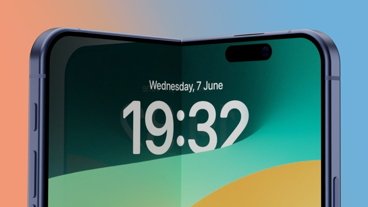After years of public outcry that 16 gigabytes of storage simply isn't enough, Apple's next-generation iPhone will reportedly ship with a minimum of 32 gigabytes of capacity for the entry-level model.
Citing a source familiar with Apple's plans, The Wall Street Journal reported on Tuesday that the base model for Apple's anticipated "iPhone 7" will include 32 gigabytes of storage. That's twice the 16-gigabyte minimum that has remained in Apple's iPhone lineup for years.
The report didn't indicate what the rest of the product lineup might look like, though there have been rumors that Apple will offer a new high-end model with a whopping 256 gigabytes of storage. Currently, the flagship iPhone 6s maxes out at 128 gigabytes.
Apple's entry-level 16-gigabyte offering on the iPhone has been largely viewed as an upsell tactic, especially since Apple ditched the 32-gigabyte capacity starting with the iPhone 6 in 2014. That carried over to the iPhone 6s, allowing customers to quadruple their storage to 64 gigabytes for an additional $100.
A number of non-Apple smartphones now have 32 gigabytes by default, since memory has become cheaper and the size of apps, media, and operating systems has made 16 gigabytes increasingly impractical. This year's iPhone upgrade is also expected to have much improved cameras, while the continued availability of 4K video on the iPhone can also consume onboard storage quickly.
Apple is expected to unveil and ship its 2016 iPhone in September. It's expected to have a next-generation "A10" processor, and to ditch the legacy 3.5-millimeter headphone jack for the thinnest iPhone design ever.
 AppleInsider Staff
AppleInsider Staff


 Andrew Orr
Andrew Orr
 Malcolm Owen
Malcolm Owen

 William Gallagher
William Gallagher


 William Gallagher and Mike Wuerthele
William Gallagher and Mike Wuerthele
 Christine McKee
Christine McKee


-m.jpg)






57 Comments
Assuming that puts the 128 at a $100 upgrade? 256 for $200?
Only took them about four years to catch up. Nicely done.
It's all written down on a road map in the safe behind Tim Cook's desk, all according to design.
This company knows what they are doing. Wait until the pain is acute, then relieve it, just enough.
And that philosophy, in every aspect of each Apple product, plays to Apple's environmental bent; provide as much computing capability as needed to deliver the features and user experience over a projected lifespan of each model, with a battery just big enough to give that 10-hours of use we've become accustomed to. This minimizes material use while also minimizing energy required to daily recharge all those 100s of millions of iPhones and iPads. In aggregate, that adds up, perhaps to a few less power plants needed in this world.
And it doesn't hurt to keep down the bill of materials costs, and give consumers incentive to upgrade, knowing their old phones won't soon, or ever, end up in a landfill, as they will first go on to a second and even third owner, and ultimately to land in the grip of LIAM, to be disassembled and recycled.
Having efficient IOS, for most people's iphone usage, 16GB is fine but 32GB better.
Interesting to see if some of us "up/down-grade":
- Upgrade MODEL: 6s --> 7
- Downgrade STORAGE: 64 --> 32
... to get the latest technology at a lower-than-normal incremental cost.